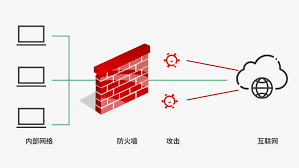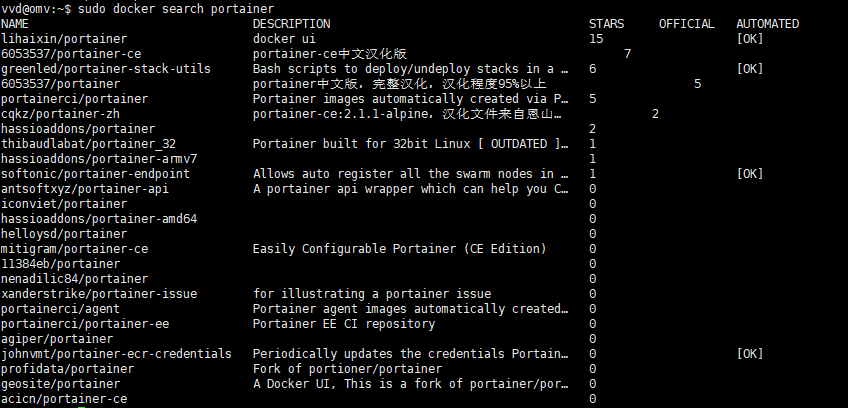1.注解
@ExceptionHandler:用于指定异常处理方法。当与@RestControllerAdvice配合使用时,用于全局处理控制器里的异常。
2.配置类
@RestControllerAdvice
@Slf4j
public class GlobalExceptionHandler {
@ExceptionHandler(Exception.class)
public Result handleException(Exception e) {
log.error("系统异常", e);
return ResultGenerator.genResult(ResultCode.E_500.getCode(), e.getMessage(), null);
}
@ExceptionHandler(NewRuntimException.class)
public Result handleException(NewRuntimException e) {
log.error("请求异常被程序拦截", e);
return e.getErrorCode() == 0 ? ResultGenerator.genResult(ResultCode.E_500.getCode(), e.getMessage(), null) : ResultGenerator.genResult(e.getErrorCode(), e.getMessage(), null);
}
}
3.使用
当项目在运行时抛出NewRuntimException或者我们手动抛出NewRuntimException后,GlobalExceptionHandler 会自动捕获到该异常,并按照配置类中声明的返回体响应给前端
if (true){
throw new NewRuntimException(500,"测试异常");
}
4.自定义异常类
新建一个配置类,并继承RunRuntimeException即可,可以添加有参构造方法,用来声明异常code
4.1配置类实例
public class NewRuntimException extends RuntimeException {
private static final long serialVersionUID = 1L;
private int errorCode;
public NewRuntimException(String msg) {
super(msg);
}
public NewRuntimException(int errorCode, String msg) {
super(msg);
//自定义错误码
this.setErrorCode(errorCode);
}
public int getErrorCode() {
return errorCode;
}
public void setErrorCode(int errorCode) {
this.errorCode = errorCode;
}
}
4.2使用
public boolean indexExist(String index) {
if (true){
throw new NewRuntimException(ResultCode.E_400.getCode(),"该索引不存在,请检查参数");
}
}
 51工具盒子
51工具盒子




